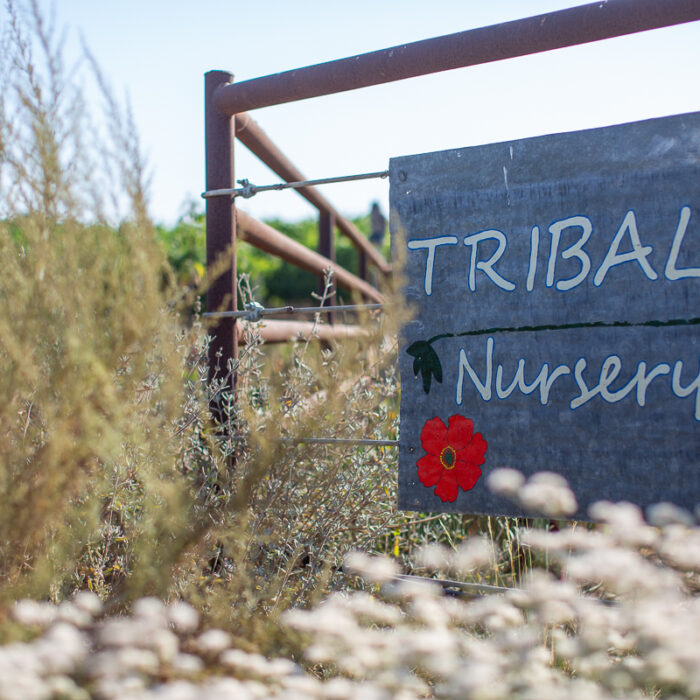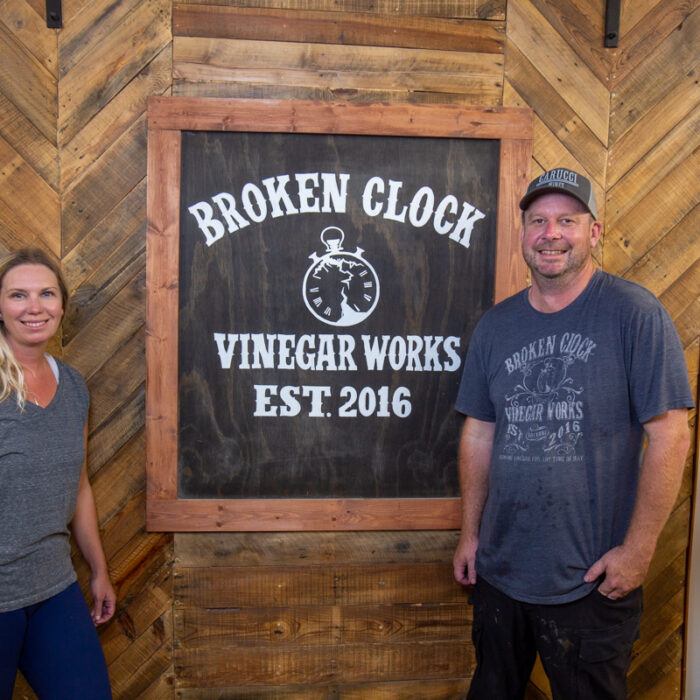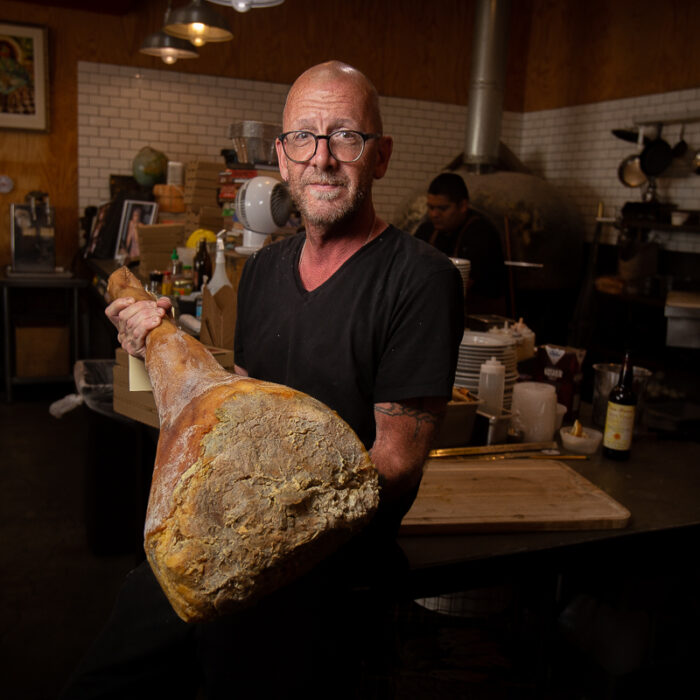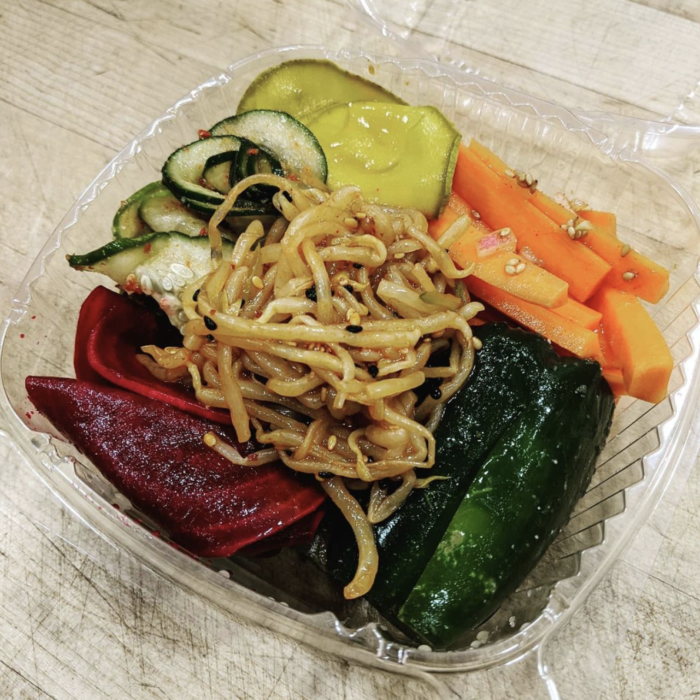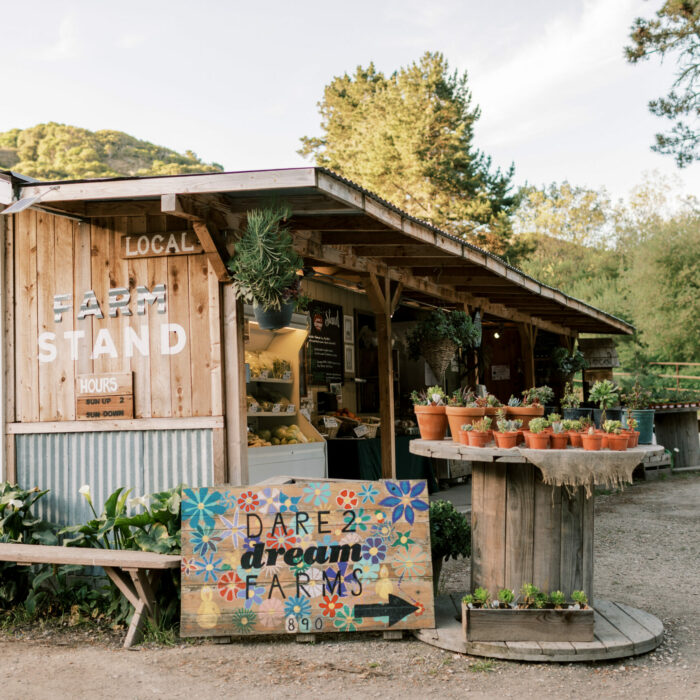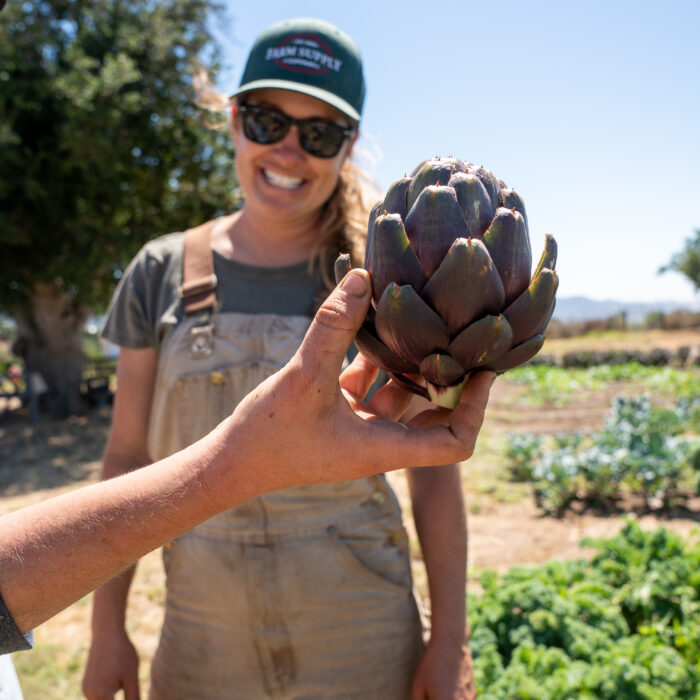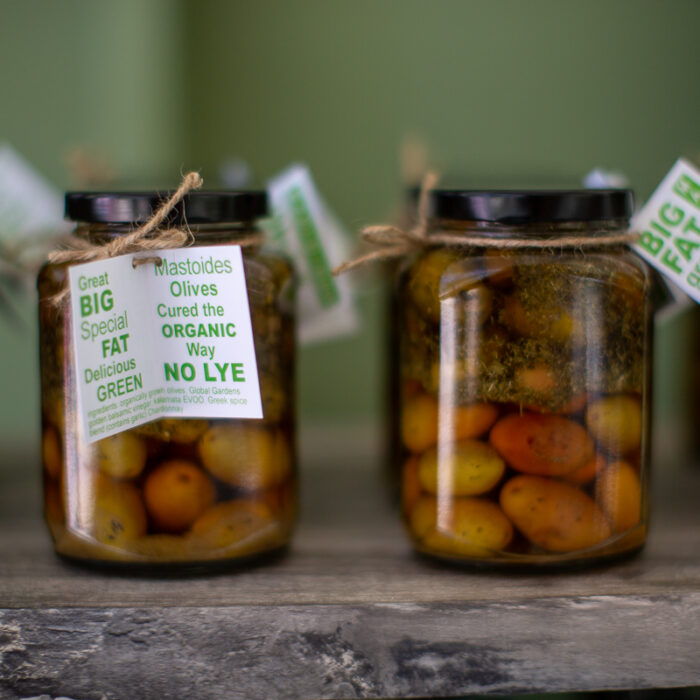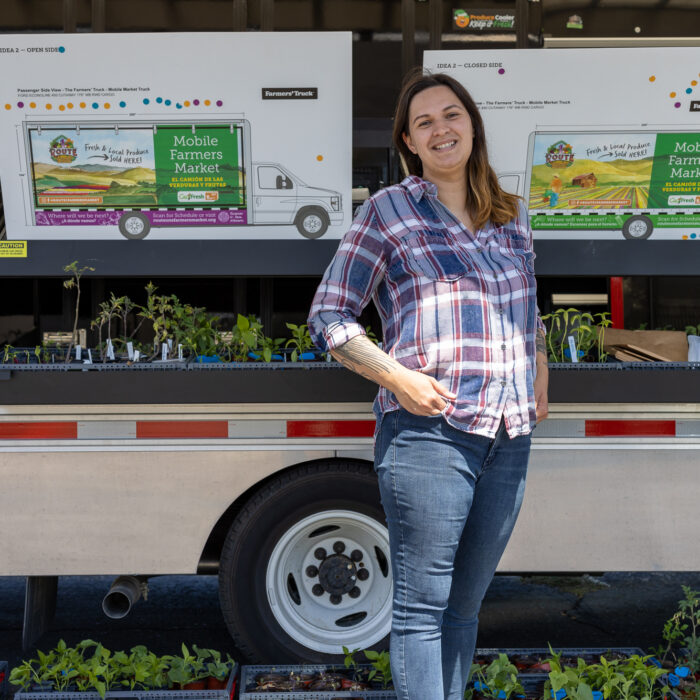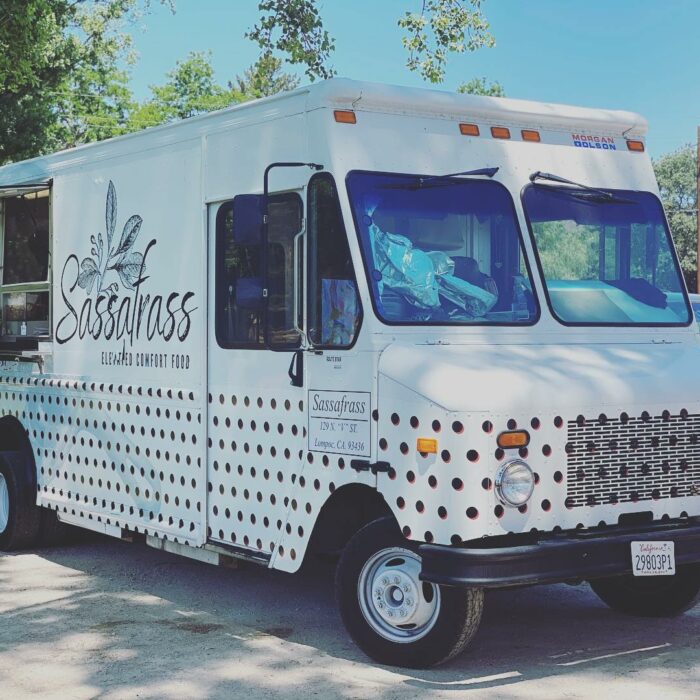Encompassing Santa Ynez, Los Olivos, Solvang, Buellton, Los Alamos, and Lompoc, Mid-Santa Barbara County is steeped in food history. The Chumash people – the original stewards of this land – historically used local food resources such as game, nuts, berries, seeds and fish in their communities. The Chumash original territory extends well beyond this region, but the federal government of what is now known as the United States separated their people into reservations and Missions.
The Santa Ynez Band of Chumash Indian is the only Federally Recognized tribe that lives in this region today, there are also several other Chumash Bands who are non-recognized that live in the region. The Chumash tended and still tend plants that were native to the area for traditional foods, medicine, and fiber – and many of these natives are still being cultivated to ensure their preservation. When European settlers arrived in the late 1700s, ranches and farms were established and agriculture took hold. Dry bean and seed farming were especially popular and helped establish Lompoc Valley as the Flower Seed Capital of the World. The first commercial vineyard was established in the 1960s – since then, the landscape has become a mix of farmland, rolling vineyards, and ranches.
Because Mid-Santa Barbara County is so rich in agricultural products, it is no surprise that food preservation Food Preservation: Food by its nature begins to spoil the moment it is harvested. Food preservation is a means of saving food and making it last longer. This includes: freezing, drying, canning, pickling, jamming, fermenting, or smoking foods. has become a popular way to conserve and hold onto the harvest all year long. There are many food system actors in this region – farmers, ranchers, fishermen, chefs, home cooks, and gardeners – who are connecting and aligning around the theme of preservation to cultivate food sovereignty Food Sovereignty: Food sovereignty refers to the right of peoples to healthy and culturally appropriate food produced through ecologically sound and sustainable methods, and their right to define their own food and agriculture systems., curb food waste and close the food system loop Closed Loop Food System: As opposed to a linear food system that follows consumption of food from field to plate to waste, a closed loop food system is a more sustainable model that follows food from field to plate to field with little or no waste., promote food access Food Access: A person’s ability to access food while considering many barriers such as geography, transportation, availability of healthy foods, and affordability. and food security Food Security / Food Insecurity: Food security refers to the economic and social condition of reliable access to an adequate amount of food for an active, healthy life for all household members. A household is food insecure when food security does not exist., and ultimately build resilience Food Resilience / Resilient Food System: A food system that can withstand and recover from unforeseen disturbances and changes over time to supply sufficient, appropriate, and accessible food for all. into the food system.
Mid-Santa Barbara County Highlights
Cultivating food sovereignty and food access through indigenous plant stewardship.
Using fermentation to create uniquely delicious drinking and culinary vinegars.
Partnering with farmers to support a vibrant local food economy and provide an innovative farm-to-table experience.
Prioritizing local ingredients and reducing food waste one event at a time.
Providing food access and closing the food system loop through Community Supported Agriculture.
Preserving the harvest to build food system resilience and combat food waste.
Growing olive trees to produce locally made extra virgin olive oil and traditionally cured olives for the community.
Training students for the bounty of career opportunities in the Santa Barbara County food system – and beyond.
Providing equitable access to produce, addressing nutrition security, and strengthening local food distribution in North Santa Barbara County.
Ensuring equitable access to health care for food system workers and creating strong communities.
The Community Food Access Center will strengthen the regional food system by creating new markets for farmers, ranchers, and fisherfolk and increasing access for food business owners and Lompoc Residents.
Leveraging a cooperative model to increase access to quality farming equipment, support local grain production, and provide opportunities to share knowledge and expertise.

